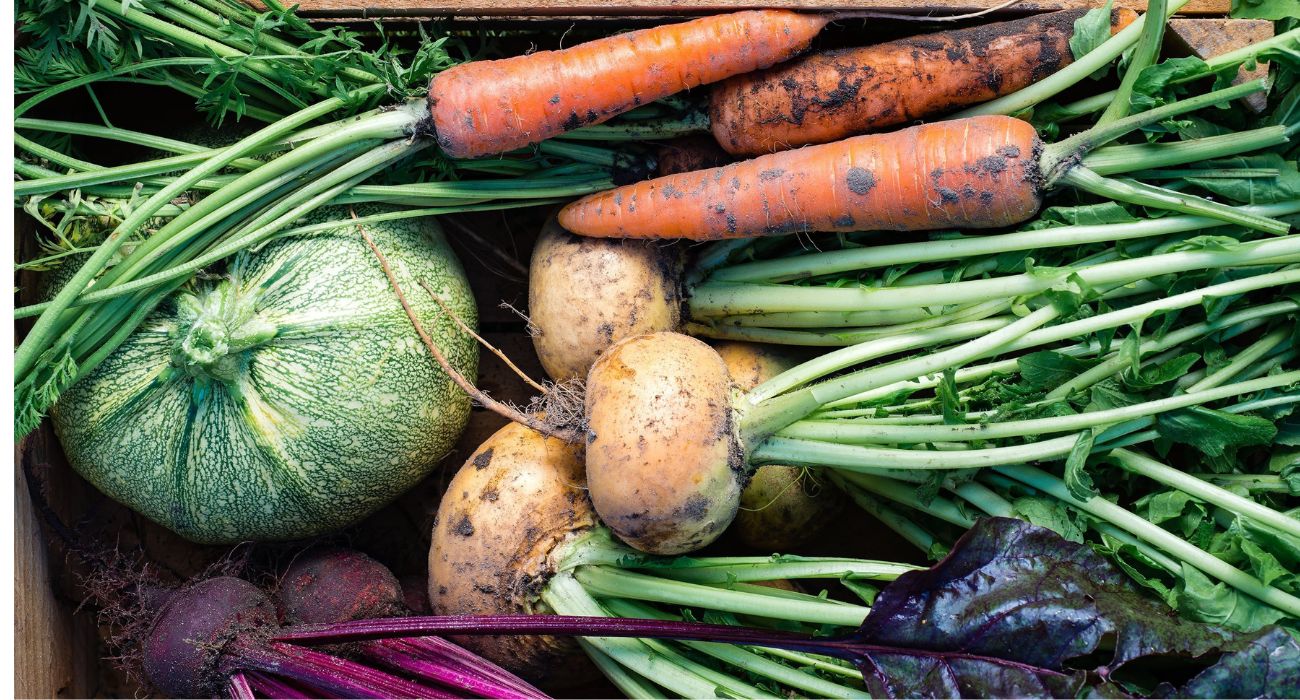North Texas Gardeners essentially have three choices when it comes to planting: they can start planting late in winter, plant summer vegetables in June through August, or plant at the end of summer up until winter, during the fall. For those interested in the last option, the time is drawing near.
Since fall weather is taking longer to cool down, growers are getting a longer season. This is due to an area of high pressure covering most of Texas. However, there has been and will continue to be lower humidity, giving Texans some relief from the heat.
September in Texas usually has an average temperature of between 71 and 81 degrees Fahrenheit; however, this September, the average midday heat has been 88 degrees.
Farmers welcome the longer growing season, as they have a larger selection of crops to choose from.
Coleyville urban farmer George Pavlek is planting many varieties of squash this season, hoping the longer season will provide a larger yield. Pavlek uses composted and shredded oak leaves for his soil and rainwater for irrigation.
The Dallas Garden School has its own recommendations for September sowing.
For flowers, they recommend mums and marigolds; for outdoor vegetables by seed, “Broccoli, beets, carrots, brussels sprouts, cucumber, English peas, summer squash, cabbage, cauliflower, collard greens, lettuce, kale, radish, spinach, and turnips.” They also suggest planting trees, shrubs, and perennials.
If you want to start planting in October, you should stick with cool season annuals like “pansies, ornamental kale, and snapdragons.” You can also plant herbs like cilantro and parsley or garlic.
Likely there will not be a freeze until around November 21, but the Dallas Garden School suggests preparing in October just in case. You can do so by “stocking up on floating row covers, and make a list of all the tender plants that will need protection in case of a freeze warning.”






